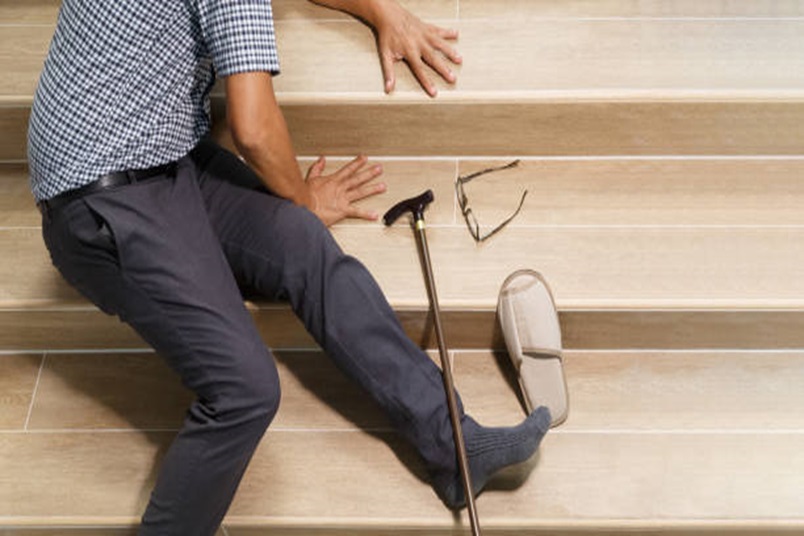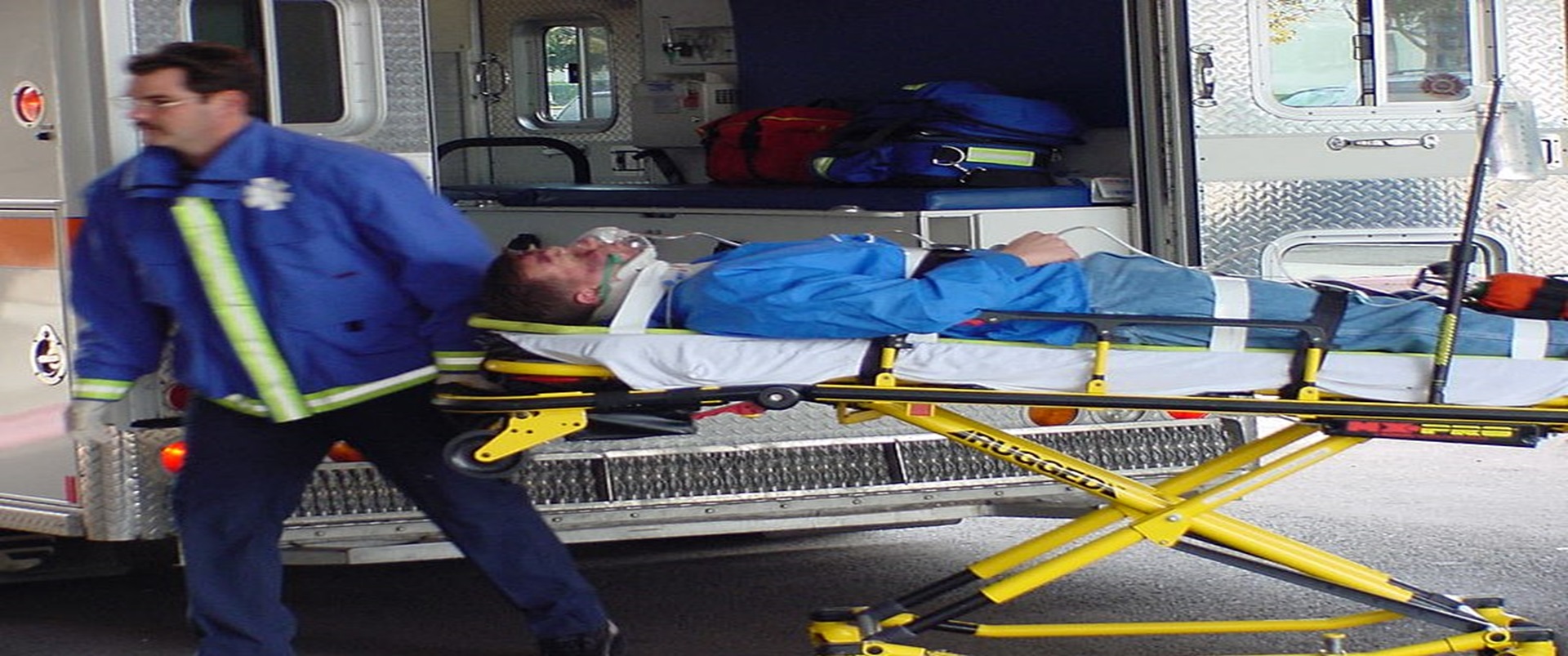In our day-to-day life, we often come across a serious and unforeseen situation that has been caused by a sudden illness or injury and which requires immediate medical attention. This is called a medical emergency. Being equipped to handle such situations can save lives and prevent any untoward incident from occurring. This blog is dedicated to providing in-depth knowledge of what classifies as a medical emergency and ways of handling such problems.
Warning signs of a medical emergency

· Shortness of breath/ difficulty breathing
· Chest or upper abdominal pain or pressure
· Sudden dizziness, weakness, or fainting
· Severe or persistent vomiting or diarrhea
· Confusion or change in mental status
· Difficulty speaking
· Sudden or severe pain
· Uncontrolled bleeding
· Changes in vision
· Suicidal or homicidal feelings
Types of medical emergencies

Some of the common types of medical emergencies that could take place include the following:
· Cardiac arrest/heart attack
· Continuous bleeding
· Choking
· Seizures and stroke
· Burns
· Allergic reactions
· Fractures
1. Cardiac arrest/heart attack: The first few hours following a heart attack is crucial. The first thing to do is make the person swallow an aspirin if they are not allergic to it. A CPR (Cardiopulmonary Resuscitation) may not be required unless the person is unconscious or has stopped breathing, which generally happens during a cardiac arrest. In such an event, CPR must be given to keep the blood circulating until medical help is available.
2. Continuous bleeding: In case of continuous bleeding, it is vital to cover the wound with a clean cloth and applying direct pressure on the wound. This pressure should be maintained for approximately 5 minutes. Sometimes, elevating the bleeding arm or leg helps stop the blood from coming out, unless there is a fracture.
3. Choking: If a person is suffering from choking and it does not allow him to speak, shout, or cough, it’s important to give assistance to clear the blockage. While standing behind them and supporting their chest with one hand, give them 5 sharp blows to the area between their shoulder blades, with the heel of your other hand. At times when this does not work, try administering 5 abdominal thrusts. This can be done by leaning the person forward and pressing your fist above their navel and pulling them sharply, in an inward and upward direction. However, this abdominal thrust should not be performed on pregnant women and very young children.
4. Seizures and stroke: In case of a seizure, ensure that the person is not surrounded by any dangerous object. After this, place the individual’s head on a soft object and check for their breathing. If you notice any such symptoms as slurred speech, facial and arm weakness, severe headache, blurred vision, and dizziness, seek immediate medical help.
5. Burns: The type of first aid provided depends on the type of burn. If burn is due to heat, cold water must be poured until the pain subsides. Then the wound should be covered with a sterile dressing. If the cause of burn is an electric shock, immediately cut off the power supply before rescuing the person. If the burn is due to chemical spills, it has to be cleaned with a gloved hand or cloth.
6. Allergic reactions: A severe reaction to an allergen, often called anaphylaxis, also falls under a medical emergency. Use an auto-injector if the person is carrying one and you know how to use it, even if the symptoms show improvement. Remove the allergen that is causing this adverse reaction and make the person lie down flat until help arrives.
7. Fractures: If a person has had a fall from a considerable height that has resulted in a fracture of the neck or one of the limbs, do not try to move the victim. This even applies for a person who is unconscious.
A medical emergency can happen at the workplace, at home, or in a public area such as streets. When such an eventuality happens, it is important to know how to respond appropriately. Having a medical condition can further instigate heart attacks and seizures. Being prepared on how to tackle such a situation will ensure you can help an individual if he or she faces such a situation. Timely and prompt action can save their life.
At KM NU Hospitals, located in Ambur, Tamil Nadu, emergency care is made available to people immediately. The doctors and experts here are knowledgeable in handling emergency medical situations due to their core understanding of facing such a situation. KM NU Hospitals is truly the best emergency care to reach out to if you are anywhere in its close proximity. Let’s spread the word and reach out to save lives!
Author: Dr. Sivakumar Ramaswamy
References:
1. Recognizing medical emergencies. MedlinePlus. https://medlineplus.gov/ency/article/001927.htm
